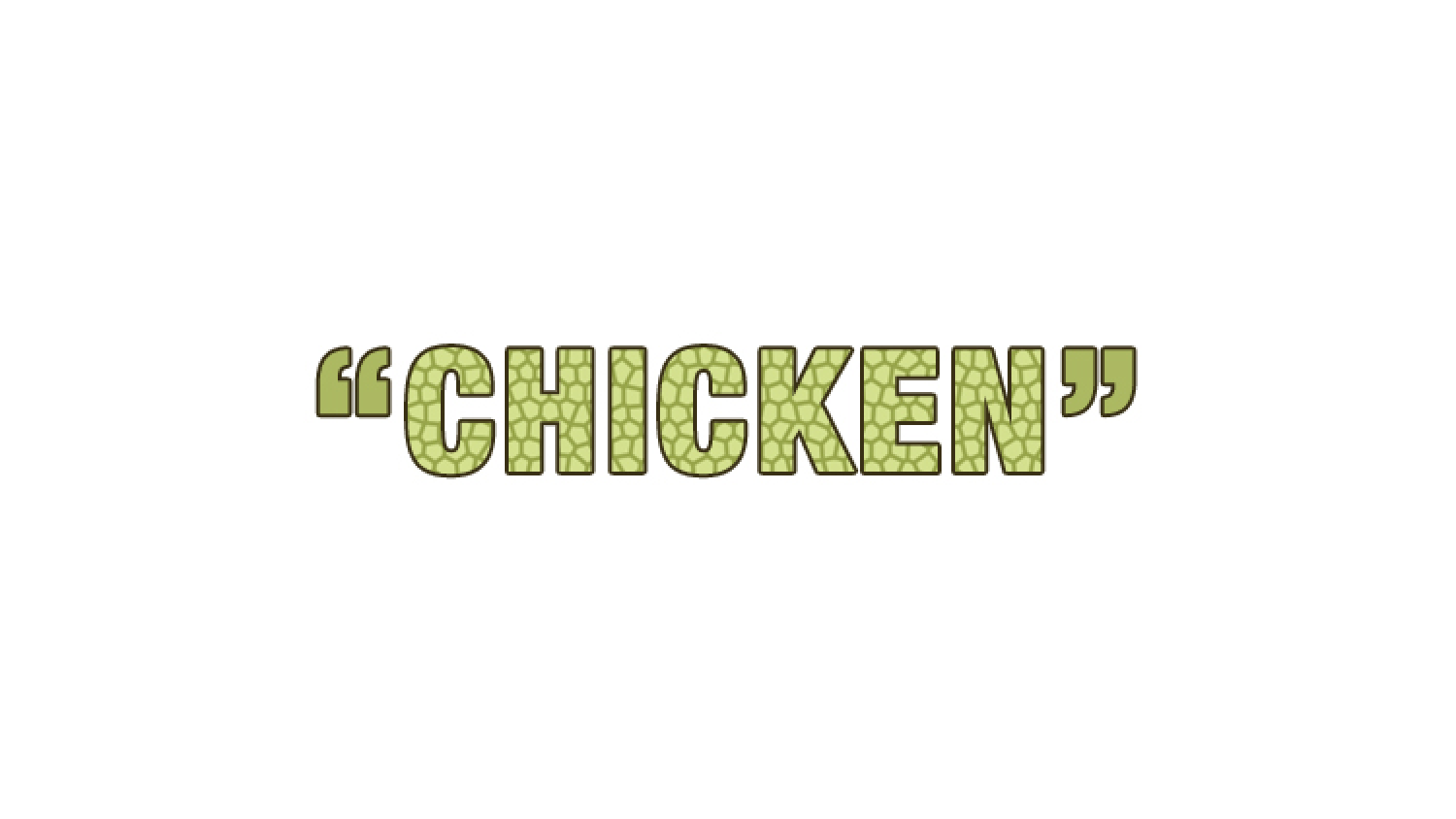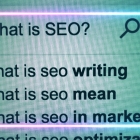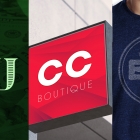A GLAD WORKS PSA: Poorly Written Content Makes You Look Like a Jackwagon
What makes a blog fun to write is its conversational style. In a blog, it’s okay once in a while to break some rules of grammar in order to write the way people actually speak. But there are some rules that are broken all over the place—on billboards and restaurant menus and newsletters that should never be broken. These grammatical mistakes aren’t just fodder for late-night TV hosts to poke fun—they often diminish credibility and could cause a loss in business.
Have you ever been looking at a menu in a restaurant and noticed a description that looks something like this?
Chicken Caesar Salad:
Our tender and juicy “chicken” served on fresh, crispy “romaine lettuce” and topped with fresh grated “parmesan cheese” and “garlic crouton’s.” Sure to please you’re taste bud’s!
What’s wrong with this picture, GLAD WORKS friends?
Um. EVERYTHING!
Remember when we told you about the things that make web designers’ heads explode? Well, this is the kind of thing that makes copywriters go coo-coo for Cocoa Puffs! Some copywriters have actually been known to climb up onto billboards and spray paint corrections on them because they just can’t take it!
Down with apostrophe abuse! End comma cruelty! The world must be put right!
Ahem.
Anyway, that menu copy we mentioned up there is riddled with some very common and easily avoidable mistakes, and yet, the restaurateur who wrote it didn’t think it was important enough to make sure it was grammatically correct!
At this point, you might be wondering if you should be eating at this establishment: if there’s so little attention to detail going on, how can you be really sure that “chicken” isn’t actually somebody’s cat? After all, “chicken” is in quotes, so it could be anything, really. Get up and go, bro, you don’t want to eat Fluffy Cat!
The point is that written content, like great web design and professional photography, remains incredibly important. It is a part of the mix of things that inform people about your brand. If your copy is sloppy, people are going to think you’re sloppy too and walk away thinking you’re a jackwagon with absolutely zero credibility.
So, in order to help you avoid making some of these mistakes, you need to hire us to write stuff for you (this is our favorite option, obviously), or read on for a quick and painless and hopefully humorous list of common grammatical errors that seem to mess up almost everybody.
Your vs You’re
The word YOUR is a possessive pronoun, as in “your jellybeans” or “your bacon.” Use it when you’re talking about someone owning something.
YOU’RE is a contraction for “you are,” as in “you’re going to call GLAD WORKS and hire them to write for you.” When you say “you’re bacon,” you’re calling someone bacon and that’s not very nice. Salty and delicious, but not nice.
However, if you’re actually talking to some bacon and you’re all “you’re bacon and I’m gonna eat you” then that’s okay. We don’t know why you’re talking to your food, but that’s your glitch to work on and it’s none of our business. Bacon is certainly seductive.
The misplaced apostrophe
Here’s a related mistake that people make so often that it has a blog dedicated to it. When there is an “s” at the end of a word, it does not necessarily mean you need to put an apostrophe between the end of the word and the “s.” You only need it when you’re indicating possession, when it’s a contraction, and when trying to say “it is.”
Remember, the apostrophe indicates these two things:
1) A contraction of two words. Examples are: can’t, it’s, you’re, he’ll. If you can’t break apart the contraction (indicated by the apostrophe) and still have the sentence make sense, then it’s the wrong word.
2) Possession. “My daughter’s Hello Kitty lunchbox is cute.”
If you want to have a bit of a giggle about apostrophes, check out The Oatmeal’s explanation.
The unnecessary “quotation mark”
There’s such rampant misuse of the quotation mark that it also has an entire blog dedicated to it. From what we can tell, people tend to try to use quotation marks to put stress on words instead of using all capitals or italics. The results are hilarious for sure, but let this be a warning to you. Quotation marks and italics are not interchangeable. You don’t want your business to end up on that blog, awesome as it is. Public ridicule isn’t really what you’re going for if you’re trying to make a good impression! Quotation marks are for two things:
1) Indicating a direct quotation. As in, someone said these words and you’re repeating them. This use can (and often is) turned on its head by irony or sarcasm, which is what leads to ridicule. Remember the salad example above? You don’t put “chicken” in quotes unless you’re calling attention to the fact that SOME people (but not ALL people) think it is chicken.
2) In very particular syntax such as references to titles of poems, articles, chapters of books, song titles, TV episodes, etc. In general these are shorter works.
There are so many other things we can talk about like the difference between affect and effect, when to use too, two, or to, and why they’re, their, and there are different, but we’re sure you’re kind of bored with this topic already. Just remember, for the love of all that’s grammatical, when in doubt, call a copywriter… that’s what they’re FOR!

 An agency-eye view of Marketing, Advertising, Branding, Design & Media.
An agency-eye view of Marketing, Advertising, Branding, Design & Media.




